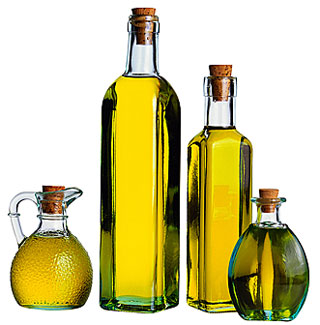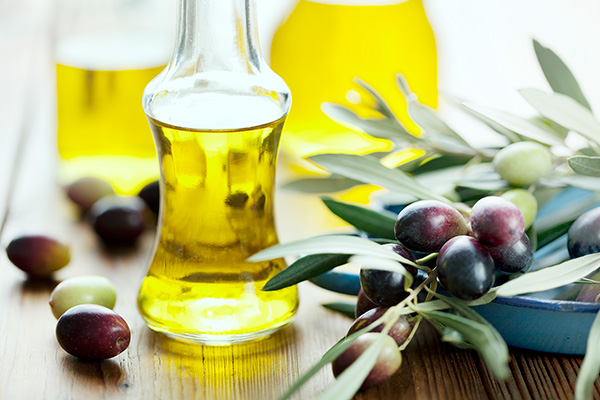According to Homer, the olive grows on Greek soil for more than 10,000 years. An olive tree can reach up to 2,000 years old. Begins to be fruitful after the first 4-8 years of life.
Olive Oil Prevents Cancer
Homer called it “the gold liquid”. Olive oil has always been placed somewhere between food and medicine. Hippocrates, the father of modern medicine, recommended the fresh olive juice and olives for healing chronic ulcer. In the Middle Ages it was used to treat gynecological problems and in the Mediterranean countries was used as a treatment for ear aches, as a purgative, especially in children was also used to treat stomach pains, gastritis, gastroduodenal ulcers. Today, modern research shows scientific benefits of this oil.
Olive oil is the only vegetable oil that can be eaten as is, freshly squeezed from the fruit. It has beneficial properties on health due to the high content of monounsaturated fatty acids and antioxidants. Studies have shown that olive oil offers protection against heart disease, is well tolerated by the human body and helps fight stomach ulcers and gastritis.
It was demonstrated that in people who consume about 25 ml (about 2 tablespoons) of olive oil daily for one week, a considerable reduction in cholesterol is made and high levels of antioxidant compounds gets in the blood. Spanish researchers recommend the inclusion of this oil in your diet to prevent colon cancer and those in Chicago said that the Mediterranean diet, rich in olive oil, reduce the breast cancer risk.
Types of Olive Oil
Olive oil comes only from green olives. Flavor, color and consistency vary, as with fine wines, due to different olive varieties, location and climate. Olive oil is coming from small producers, considered to be very good and price is also like for the finest wines. Oil production begins by transforming the olive in fruit paste. This paste is then mixed. The oil is pressed, by the traditional method or by centrifugation, modern method. After extraction, the remaining solid substance still contains a small amount of oil. Thus, olive oil is classified as follows:
– Extra-virgin olive oil. It comes from the first pressing of olives. It has an acidity of not more than 0.8% and is considered to have a superior taste. Most extra-virgin olive oils are big labels.
– Virgin oil is produced using natural methods and without any chemical treatment. Acidity is less than 2% and it tastes good.
– Refined oil means that has been chemically treated to neutralize strong tastes (characterized as defects) and acid content. Refined oil is considered a poorer quality than virgin.
Olive Oil For Cooking
Olive oil is ideal for frying. When heated, it does support changes to its structure and retains the nutritional value better than other oils. Can hold the smoke point (the firing) until 210 degrees Celsius, substantially higher than the ideal temperature for frying, which is 180 degrees Celsius. At this temperature, the fats that have a lower smoke point, such as butter, decompose and become toxic.
Another advantage to use olive oil for frying is that forms a crust on the surface of microscopic food, which prevents penetration of harmful substances generated by the roasting process and improves the flavor of food. Olive oil can be reused up to five times, provided they are poured in sufficient quantity in the pan.
Protect It From Light and Heat
Air, heat and light causes rancidity. The ideal temperature to be maintained is 14 degree Celsius. If you have a cellar for storing wine, you can store large amounts of oil there and keep in the kitchen only a small amount. When water freezes or when its cold, the oil may become cloudy or even can solidify. He returns to its original color when heated. Colored glass or porcelain are the best materials for olive oil. You must never use plastic or metal for this purpose.

